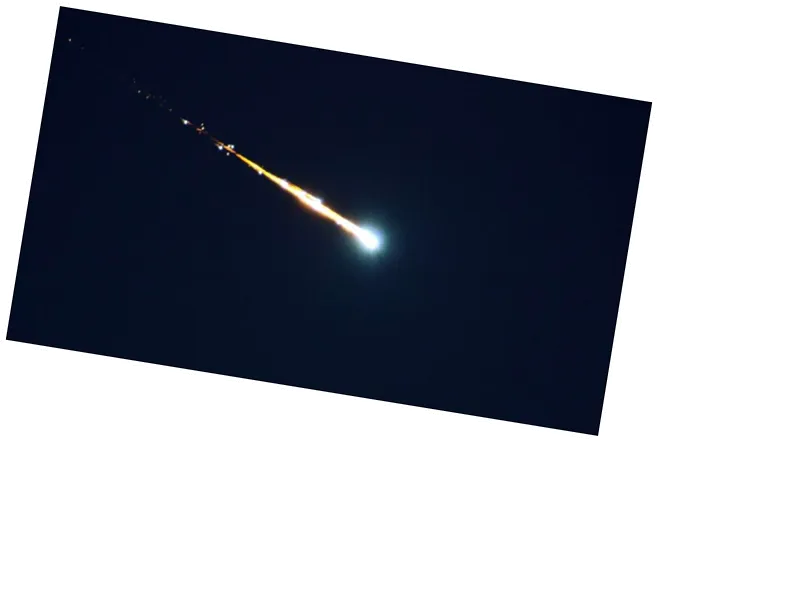The S2 meteorite impact represents a pivotal moment in Earth's geological and biological history, highlighting the complex relationship between catastrophic events and evolutionary opportunities.
The research underscores the importance of nutrient availability in early oceans, suggesting that the meteorite's impact facilitated a rapid increase in microbial life by enhancing nutrient accessibility.
This study opens new lines of inquiry into how other high-impact events may have influenced the development of life on Earth.
Future research may uncover additional impacts of similar meteorite events on early life and environmental conditions on Earth.
The findings could lead to a reevaluation of the role of catastrophic events in the evolutionary history of life, potentially influencing theories in astrobiology and planetary science.
Ancient Meteorite Impact: Catalyst for Early Life on Earth
A recently published study in the Proceedings of the National Academy of Sciences reveals that a colossal meteorite, dubbed S2, which struck Earth approximately 3.26 billion years ago, may have significantly contributed to the emergence and evolution of early life. Measuring four times the size of Mount Everest and estimated to be 200 times larger than the meteorite that led to the extinction of the dinosaurs, S2's impact caused catastrophic environmental changes but ultimately fostered conditions conducive to life.
The research, led by Harvard University geologist Nadja Drabon, highlights the dual nature of such meteorite impacts. Initially, the S2 meteorite triggered a tsunami that reshaped oceans and caused the upper ocean layer to boil. The subsequent atmospheric changes, including a thick cloud of dust that blocked sunlight, temporarily hindered photosynthetic activity. However, these violent events also released essential nutrients, such as iron and phosphorus, into the ocean, creating a 'fertilizer bomb' that spurred the growth of microbial life.
Drabon and her team conducted fieldwork in the Barberton Greenstone Belt in South Africa, one of the few locations where ancient rocks are well-preserved. They collected samples and identified tiny spherical particles, or spherules, that formed as a result of the meteorite's impact. This discovery supports the notion that, despite the initial destruction, life was resilient and quickly rebounded in the aftermath of the impact.
The findings challenge the long-held belief that meteorite impacts were solely destructive to early life. Instead, they suggest that such events may have played a crucial role in the diversification and spread of microorganisms, laying the groundwork for more complex life forms in the future. As the research gains attention, it opens new avenues for understanding how early Earth environments influenced the evolution of life.





